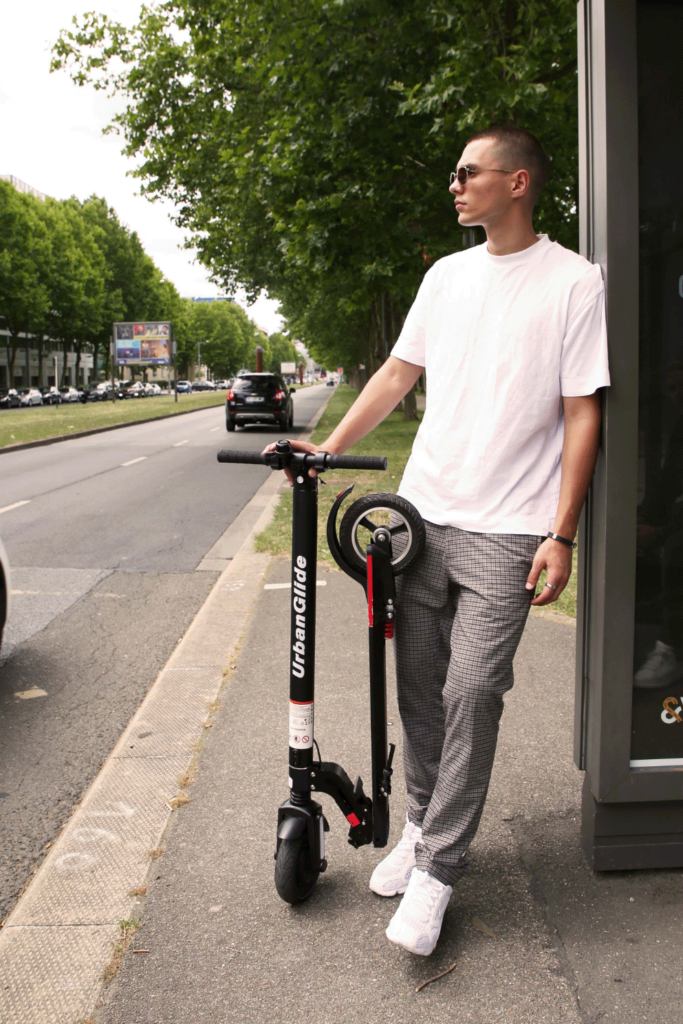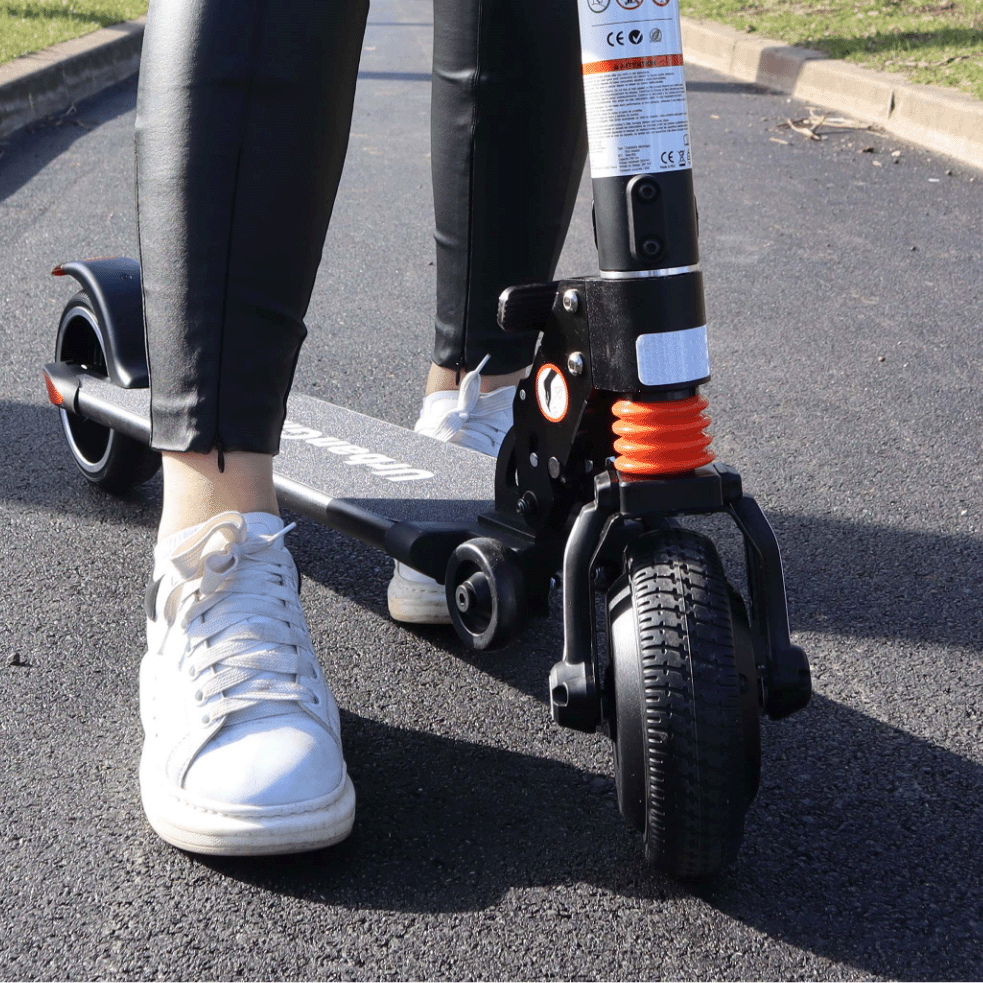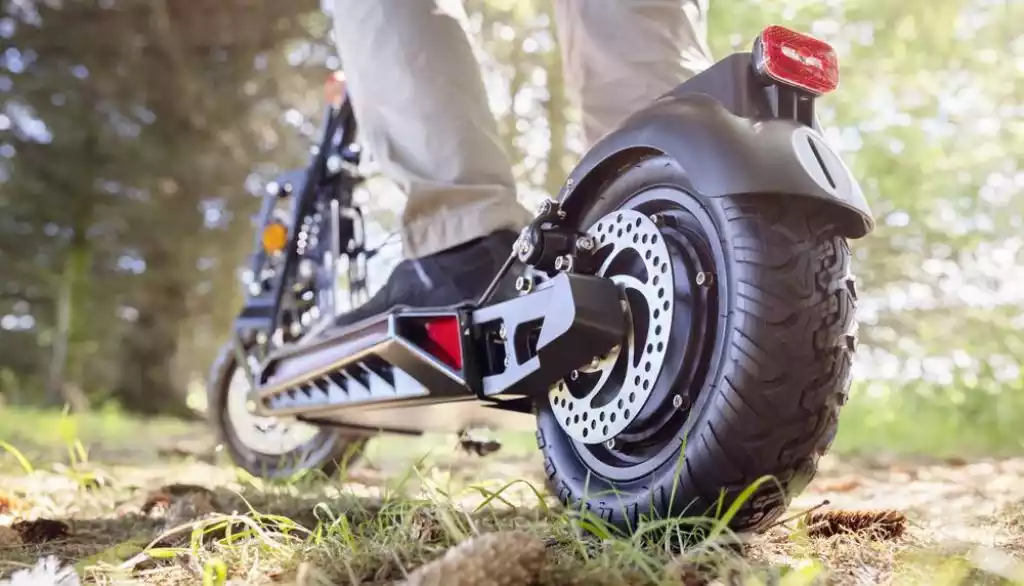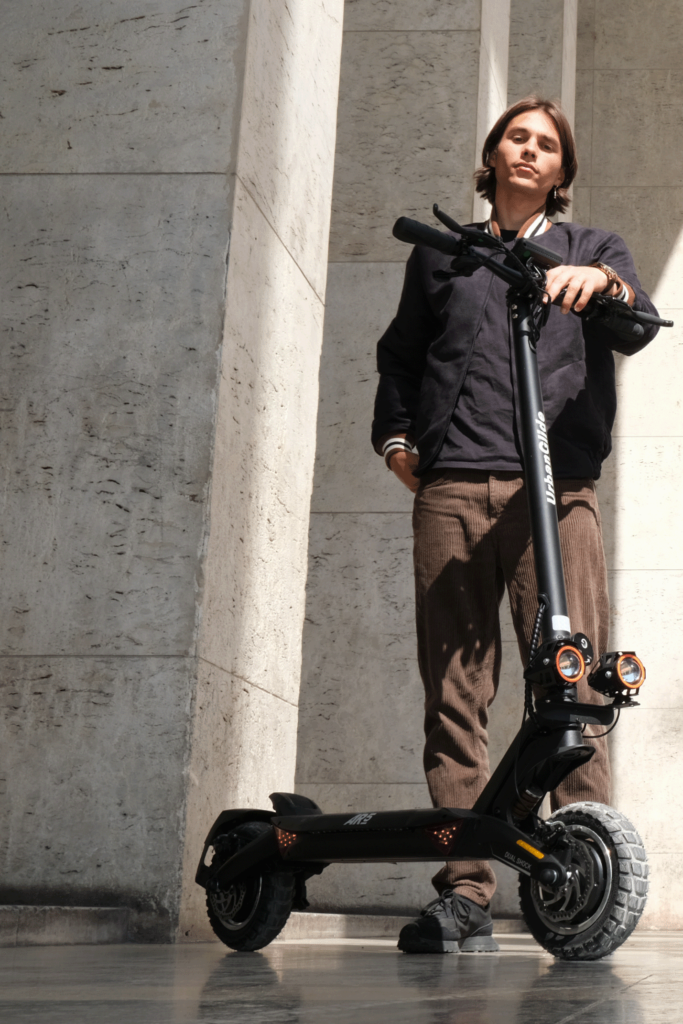How to maintain your scooter?
Do you want to buy a scooter or have you just bought one and are you wondering how to look after your new baby? Here’s a quick recap of the ABCs of scooter maintenance!
Brakes
First of all, it is essential to check your brakes. They are regularly used and therefore more exposed to wear. Your safety is at stake, so don’t hesitate to check them regularly, especially if you hear a suspicious noise or notice something abnormal during braking (longer time, for example). For a drum brake, a bell rubs the wheel to slow it down when you brake. When you press the brake lever, a cable is pulled to operate the drum. It is this small exposed cable that needs to be tightened when servicing. For a disc brake, the brake pads press against a metal disc. These can wear out and eventually damage the disc. It is therefore necessary to check the pads regularly and change them if necessary.
Screws
Your scooter is subject to a lot of vibrations, which can affect the screws. Do not hesitate to take a look at your screws and tighten them. Pay particular attention to the screws on the wheels, the folding mechanism and the frame. When tightening, a quarter turn is normally sufficient, but overtightening the screws could damage them and other parts of your scooter.
Tyres
It is important to check the condition of your tyres and their inflation (if they have an inner tube). For this type of tyre, inspect them for cracks and punctures and check their pressure. Re-inflate them if necessary. Solid wheels should be replaced if they are badly worn. If the tyres are flat and/or the pattern on the tyres has disappeared, it is time to fit new ones.The folding system
The folding system is often used when transporting and storing your scooter and can wear out quickly. Do not hesitate to grease it lightly from time to time.The battery
The battery of your scooter, as with any device, can lose its autonomy over time. But there are ways to make it last longer:- Always use the charger supplied with your scooter.
- Do not leave your scooter plugged in once it is fully charged.
- Never let your battery run down completely.
- If you are not going to use your scooter for a while, store it in a place with room temperature and charge it to about 50%. Repeat the charging process once a month until you use it regularly.

Terrain and environment
Do not ride in water, sand or dirt to avoid premature wear of the various components of your scooter. Also avoid using your scooter in rainy conditions. When using your scooter in low temperatures, it is important to charge it more regularly, as the battery level tends to drop more quickly. Do not store it outside in this case either.Cleaning
We recommend that you wipe the parts of your scooter that are likely to get dirty (deck, brakes, wheels and handlebars) with a damp cloth. The scooter must be switched off and unplugged when cleaning. Then leave your scooter to dry in the open air. Never use a high-pressure jet to clean your scooter, as this could damage its connections.Lubrication
As mentioned above, you can oil the folding axles of your scooter. You can also apply silicone oil (in the form of a spray) to your wheel while spinning it. However, make sure you never oil the brakes of your scooter.



